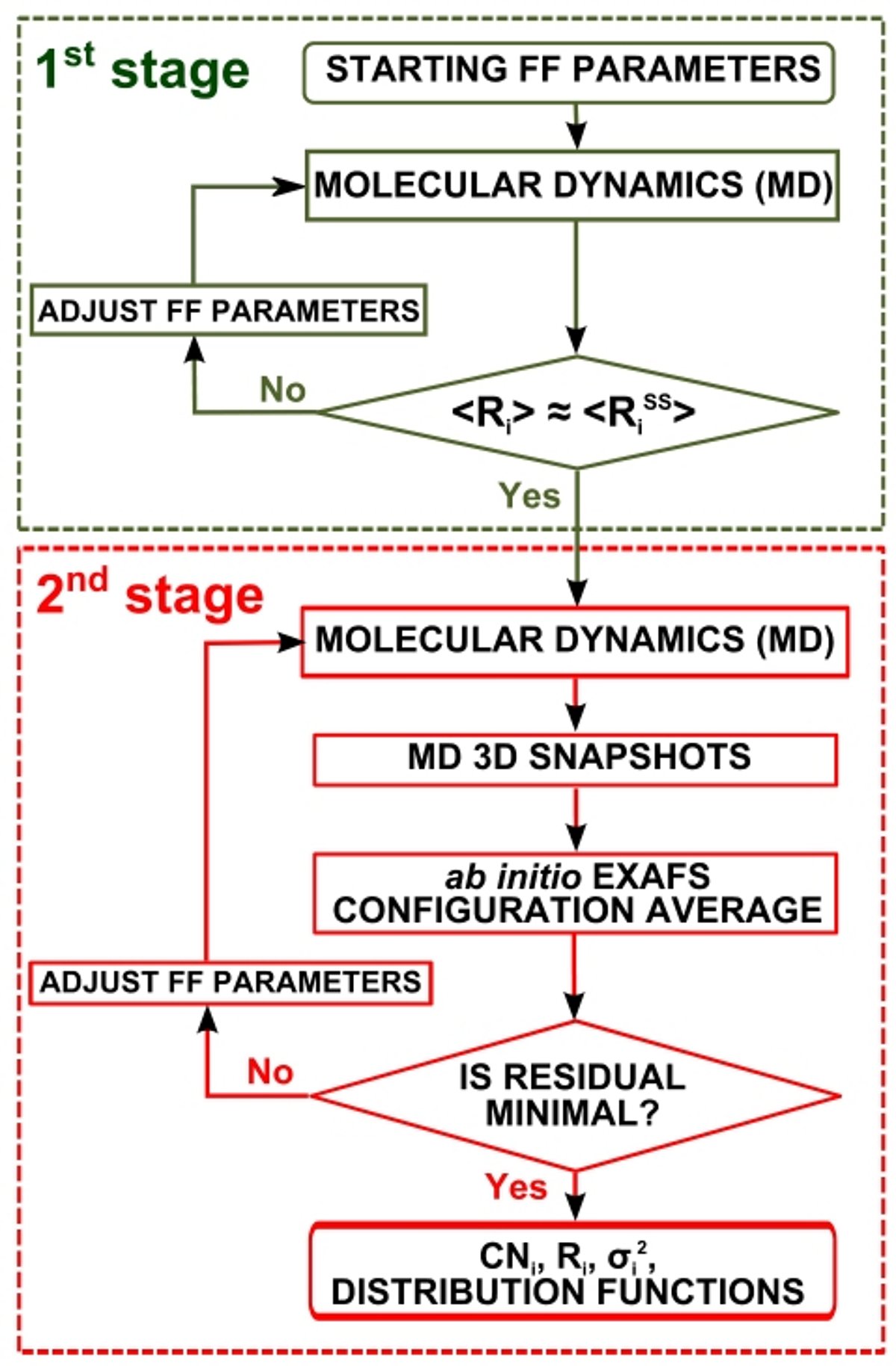25. april, at 16:30 Ķengaraga Street 8, 2nd floor hall
The X-ray absorption spectroscopy is a unique tool for direct local structure determination which is suitable for any material starting from bulk crystals ending with nanomaterials, liquids and gasses.
In this study we have applied the extended x-ray absorption fine structure (EXAFS) spectroscopy to probe the atomic structure of NiO, CoWO
4, CuWO
4 and PbS nanoparticles. We have compared the atomic structure of these nanomaterials with that of the corresponding bulk compounds, in order to identify the atomic structure relaxation (changes in atomic structure) caused by a reduction of the particle size down to nanoscale.
We have adopted a recently developed complex modeling approach, combining
ab initio multiple-scattering EXAFS calculations with classical molecular dynamics (MD), further referenced as MD-EXAFS, to the nanomaterials. The advantage of the MD-EXAFS method is a significant reduction of a number of free model parameters, which are required to describe the structure and dynamics of nanoobjects. Thus, a set of the parameters is restricted to that related to the geometry of the nanoobject and to the force-field model utilized in the MD simulations. The novel approach has been tested on NiO nanoparticles and thin films. The obtained results allowed us to identify the amount and the role of the Ni vacancies in the structure relaxation of NiO.
A method, combining classical molecular dynamics simulations with ab initio multiple-scattering EXAFS calculations (MD-EXAFS method), has been extended to the case of nanoparticles. It allows one to account for the effect of nanoparticle size, atomic structure relaxation, thermal disorder and the presence of defects using rather simple force-field model, based on the pair interatomic potentials with a few free parameters. Such approach allows straightforward incorporation of disorder effects into the multiple-scattering formalism and, thus, to perform the analysis of EXAFS spectra beyond the first coordination shell.
In nanosized NiO (in powders and thin films) there is noticeable structure relaxation, which results in an expansion of the Ni-Ni
2 bonds and a contraction of the Ni-O
1 bonds as well as an increase of the static disorder probed by the mean-square relative displacement (MSRD). At the same time, the lattice dynamics, also probed by the MSRD, is close in both microcrystaline and nanosized NiO in the temperature range from 10 to 300 K. It was shown using the MD-EXAFS method that the main source of the structure relaxation inside NiO nanoparticles is the presence of Ni vacancies.
The atomic structure of nanosized MeWO
4 (Me = Co, Cu) relaxes compared with microcrystalline phase, leading to a large and particular distortion of the WO
6 octahedra. Tungsten atoms make stronger and shorter bonds with nearest four oxygen atoms, whereas other two oxygens remain weakly coordinated to tungsten. It is also shown that the relaxation is affected by the Me
2+ ion type.
